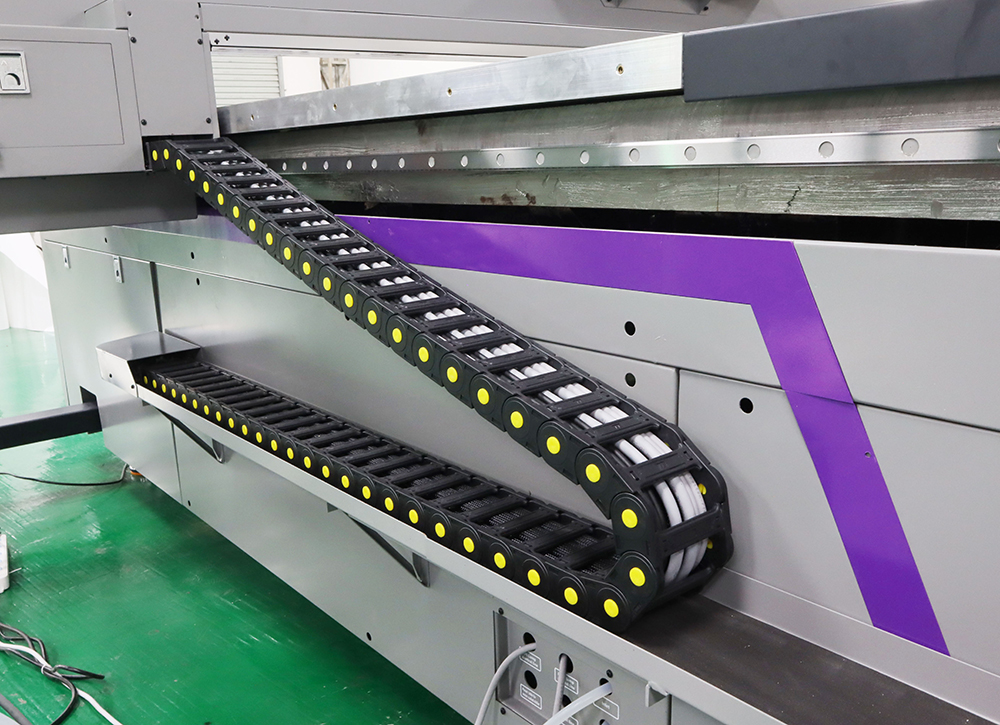How to Choose the Right Media for Your UV Flatbed Printer?
How to Choose the Right Media for Your UV Flatbed Printer?
UV flatbed printers have revolutionized the printing industry, offering unparalleled versatility and precision in reproducing images and designs on a wide range of materials. These printers use ultraviolet (UV) light to cure ink instantly, resulting in vibrant, durable prints that can withstand harsh environments and extensive use. However, to achieve optimal print quality and ensure the longevity of your prints, it is crucial to select the right media for your UV flatbed printer. This article delves into the key considerations when choosing media for UV flatbed printing, exploring various types of media, their applications, and factors influencing their suitability.

Understanding UV Flatbed Printer Media
UV flatbed printer media refer to the surfaces or substrates onto which ink is deposited during the printing process. The media can significantly impact the final appearance, durability, and functionality of the printed product. Therefore, selecting the appropriate media is paramount to achieving the desired outcome.
Types of UV Flatbed Printer Media
Rigid Substrates:
Acrylic: Popular for its transparency and durability, acrylic is ideal for signage, displays, and decorative pieces.
Glass: Offers a sleek, modern look and is often used for high-end applications such as architectural designs and luxury product labeling.
Metal: Provides a premium finish and is suitable for outdoor signage, plaques, and industrial labeling due to its robustness.
Wood: Adds a natural, warm touch to prints and is used in furniture decoration, art pieces, and promotional items.
Flexible Substrates:
Vinyl: Versatile and cost-effective, vinyl is commonly used for banners, vehicle wraps, and temporary signage.
Fabric: Suitable for flags, textiles, and soft signage, fabric offers a unique texture and can be easily manipulated.
Polyester Film: Known for its excellent ink adhesion and weather resistance, polyester film is ideal for long-term outdoor applications.
Specialty Substrates:
Foam Board: Lightweight and easy to cut, foam board is used for presentations, prototypes, and mounted graphics.
Magnetic Sheets: Perfect for temporary signage and promotional materials that need to be easily repositioned.
Ceramic and Tile: Used in interior design for wall decorations, custom tiles, and artistic installations.
Factors Influencing Media Selection
Print Durability: Consider the intended use and exposure of the printed product. Outdoor applications require media with high UV resistance and weatherability, while indoor uses may prioritize aesthetic appeal over durability.
Ink Adhesion: Ensure the media is compatible with UV inks to prevent ink bleeding, cracking, or fading. Some media require pre-treatment or priming to enhance ink adhesion.
Print Resolution and Detail: The texture and porosity of the media can affect print resolution. Smooth surfaces generally yield sharper images, while textured media may require adjustments to the printing process to maintain detail.
Flexibility and Rigidity: The choice between rigid and flexible media depends on the application. Flexible media are ideal for curved surfaces or applications requiring frequent handling, while rigid media offer stability for long-term displays.
Cost and Availability: Consider the cost of the media and its availability in your region. Balancing cost with quality and durability is crucial for maintaining profitability.
Environmental Considerations: Opt for eco-friendly media and inks to reduce your environmental impact. Many manufacturers now offer sustainable alternatives to traditional media.
Application-Specific Considerations
Outdoor Signage: Prioritize media with high UV resistance, such as acrylic, polyester film, or specially coated vinyl.
Indoor Decor: Focus on aesthetics and choose media that complement the interior design, such as wood, ceramic, or fabric.
Vehicle Graphics: Use flexible, durable media like vinyl or polyester film that can withstand the stress of vehicle movement and weather exposure.
Product Labeling: Consider the product’s surface and choose media that adhere well and match the product’s aesthetic, such as metal for luxury items or vinyl for everyday products.
Testing and Sampling
Before committing to a specific media type, conduct thorough testing and sampling. This involves printing test patterns or designs on different media types to assess ink adhesion, color vibrancy, and print resolution. Additionally, consider the media’s performance under the expected conditions of use, such as exposure to sunlight or moisture.
Consulting with Experts
If you are unsure about the best media for your specific application, consult with UV flatbed printer manufacturers, media suppliers, or experienced printers. They can provide valuable insights based on their expertise and experience, helping you make an informed decision.
Conclusion
Choosing the right media for your UV flatbed printer is a critical step in achieving high-quality, durable prints. By considering factors such as print durability, ink adhesion, print resolution, flexibility, cost, and environmental impact, you can select the optimal media for your specific application. Remember to test and sample different media types to ensure they meet your requirements and consult with experts when needed. With the right media, your UV flatbed printer can unlock a world of creative possibilities, producing vibrant, long-lasting prints that captivate and endure.
